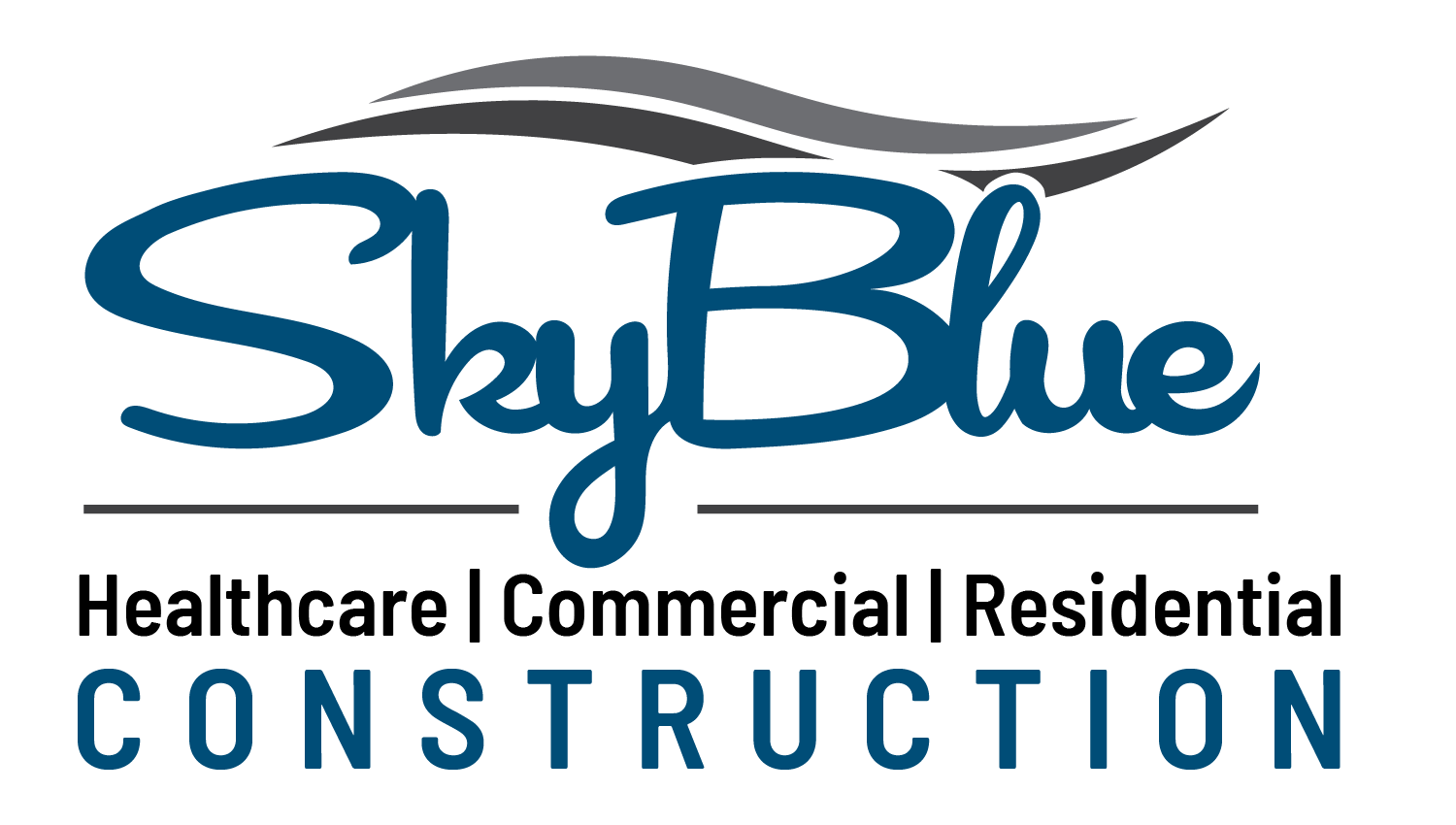There is no doubt that when it comes to building up a medical institution, there is an enormous responsibility to take up. The layout and constructions of these health facilities undoubtedly have a crucial role to play in ensuring the comfort of both patients and employees and in the quality of patient care. For anyone exploring the area of healthcare, whether you are a healthcare professional or hospital administrator, appreciating factors that make the Healthcare Construction in Calgary essential is significant. In this blog, we will grasp the core features of Healthcare Construction in Calgary, which relate to building functionality, safety, and compliance.
Understanding Regulatory Requirements
Local, State, and Federal Regulations
Healthcare Constructions in Calgary is governed by a myriad of regulations at the local, state, and federal levels. These regulations ensure that facilities are safe, accessible, and capable of providing high-quality care. Compliance with regulations like the Americans with Disabilities Act (ADA), Occupational Safety and Health Administration (OSHA), and various building codes is not just a legal obligation but also a moral one. Failure to comply can result in hefty fines, legal actions, and even the closure of the facility.
Accreditation Standards
Moreover, healthcare institutions have to comply not only with regulations but also with the standards of accreditation organizations like The Joint Commission. These standards specify different aspects of healthcare delivery, including patient safety and infection prevention. The acquisition and maintenance of accreditation is frequently viewed as the precondition for receiving reimbursements from Medicare and Medicaid providers; therefore, it is given utmost consideration during the process of Healthcare Construction in Calgary.
Planning and Design Phase
Needs Assessment
Before breaking ground, it is essential to conduct a thorough needs assessment. This involves identifying the specific requirements of the facility, such as the types and number of services to be offered, the anticipated patient load, and the needs of staff and administrators. A well-conducted needs assessment helps in creating a blueprint that aligns with the facility’s objectives and ensures optimal resource allocation.
Space Utilization and Layout
Efficient space utilization and strategic layout are crucial for the smooth operation of a healthcare facility. The layout should facilitate easy movement for patients and staff, minimize the risk of infection, and allow for efficient workflow. For instance, patient rooms should be easily accessible from nursing stations, and diagnostic areas should be located close to treatment areas to reduce the time taken for patient transfers.
Flexibility and Future-Proofing
Healthcare is a rapidly evolving field, with new technologies and treatment methods emerging regularly. Designing adaptable spaces that can accommodate future technological advancements and potential expansions is vital. This future-proofing ensures that the facility remains relevant and functional for years to come, saving on renovation costs and minimizing disruptions to services.
Safety and Accessibility
Patient and Staff Safety
Safety is paramount in Healthcare Constructions in Calgary. Implementing safety features such as fire alarms, emergency exits, and infection control measures is essential. The facility should also be designed to minimize the risk of accidents, such as slips and falls, and to ensure that emergency services can be delivered promptly and efficiently.
Accessibility
Ensuring the facility is accessible to all patients, including those with disabilities, is not just a regulatory requirement but also a cornerstone of patient care. Accessibility features should include ramps, wide corridors, and accessible restrooms. These features make the facility more inclusive and ensure that all patients receive the care they need without unnecessary hindrances.
Technological Integration
Healthcare Technology Infrastructure
The integration of advanced medical equipment and IT systems is a critical consideration in modern Healthcare Constructions in Calgary. This includes everything from imaging machines and surgical robots to electronic health record (EHR) systems and patient monitoring devices. A robust technology infrastructure ensures that the facility can provide cutting-edge care and improve patient outcomes.
Telemedicine and Digital Health
The COVID-19 pandemic has underscored the importance of telemedicine and digital health solutions. Incorporating telemedicine capabilities into the facility’s design allows for remote consultations, reducing the need for physical visits and expanding access to care. Digital health solutions, such as mobile health apps and wearable devices, can also enhance patient monitoring and engagement.
Environmental Considerations
Sustainable Building Practices
Sustainability is becoming increasingly important in Healthcare Constructions in Calgary. Using eco-friendly materials and sustainable building practices not only reduces the environmental impact but also contributes to a healthier indoor environment for patients and staff. Sustainable practices can include using recycled materials, installing green roofs, and incorporating natural lighting.
Energy Efficiency
Implementing energy-efficient systems can significantly reduce operational costs and the facility’s carbon footprint. Energy-efficient HVAC systems, LED lighting, and solar panels are examples of technologies that can make healthcare facilities more sustainable. These systems not only save money but also enhance the facility’s reputation as a responsible and forward-thinking institution.
Project Management and Execution
Hiring Qualified Contractors
Selecting experienced contractors who specialize in Healthcare Construction in Calgary ensures the successful completion of the project. Healthcare facilities have unique requirements that differ significantly from other types of construction. Contractors with specialized knowledge and experience are better equipped to handle these challenges and ensure that the project is completed to the highest standards.
Timeline and Budget Management
Managing timelines and budgets is one of the most challenging aspects of healthcare facility constructions. Delays and cost overruns can have significant implications, affecting service delivery and financial health. Effective project management involves setting realistic timelines, closely monitoring progress, and addressing any issues promptly.
Conclusion
Healthcare Constructions in Calgary is a complex but rewarding endeavor. Taking into account and resolving the major factors explored in this blog post–regulations, planning and design, safety and accessibility, technological integration, environmental sustainability, and project management–you will be able to design a facility that will be not only functional and conforming but also will provide healthcare of high quality for years to come.
If you are prepared to undertake Healthcare Constructions in Calgary, be reminded that the best allies is having good plans and the right people on your team. For detailed info and expert direction, follow our team. That is our main purpose, as we are here to help you to create the healthcare of the future. States healthcare specialists and hospital managers on those critical issues will be sufficient to support both high-quality and safe, efficient new facilities. Having gone through this detailed guide with you, we hope to enable you to bring your dream Healthcare Constructions in Calgary project to life.


